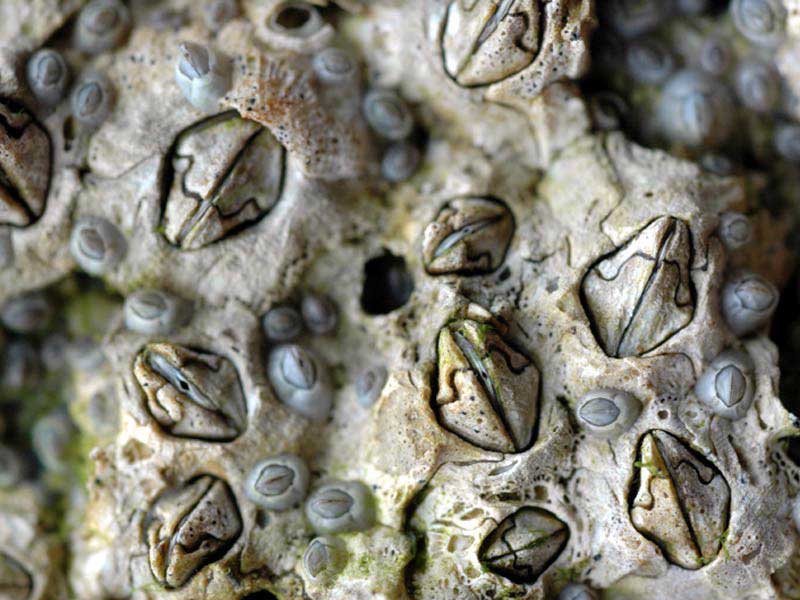

Adults hatch at leastĢ.5 to 3 broods per year (range 0-6), although broods which were In the San Juan Island area, this species becomesĪ diameter of approximately 10-15 mm. States that barnacles of this species can fertilize each other up to a Not seen between barnacles in high-density vs low-density sites, evenīarnacles can only breed with individuals that they can reach with Their penises were 25% shorter and 50% wider.

Grew legs which were 50% shorter and 25% wider than those in low flow The morphology of the feeding legs and penis of thisĪnd Rankine, 2012). (2018) discovered it on the coast of Belgium in Europe. In Japan it is directly competing with B. Rapidly withdraw if a shadow passes over it. It has no eyes as an adult, this species is sensitive to light and will With Chthamalus dalli juveniles by pushing them offĬhthamalus is usually common only in the zone In many areas of the upper intertidal juveniles of this species compete Juvenile rockfish feed on the larvae swimming through kelpĬalifornianus, to the shells of which it often Gracile and the barnacle nudibranch Onchidoris Hexactis, goldeneye ducks, gulls, and even the Or greater have a refuge in size), the Oregon cancer crab Glebocarcinus Include oysterd rill whelk snails such as Nucellaĭigitalis (bulldozes and feeds on juveniles Lamellosa, an important predator, has recentlyĪnd also rocks with the red alga Petrocelis middendorffii.Īdult size is reached in 2 years and lifespan is about 10īarnacle molts are frequently-seen debris in marine habitats. To a substrate by an antennal gland and metamorphoses into the adult Up to 6 broods of 1000-30,000 young may be producedįrom this species.

The eggs are brooded by the parent, and released as a nonfeeding nauplius Which fertilize one another internally by means of a long Of lactate, especially in northern populations ( Rangaswami et al., 2020). The species experiences lowered aerobic metabolism and the production It can obtain oxygenįrom the air and underwater. Most abundant barnacles in the upper half of the intertidal zone (canĭensities of up to 70,000 per square meter), and the most nearlyīarnacle species on the Pacific coast. Is overlapped by the adjacent wall plates, which are rostrolaterals.Īlaska to Bahia de San Quintin, Baja California (most common north ofįrancisco) recently introduced at Puerto de Mar del Plata, Argentina. ChthamalusĪ straight, crosslike junction between the terga and scuta Ridges at the interior base of the shell. Semibalanusīalanoides has a sinuous line of contact but also has no centripetal This species from most other intertidal barnacles. The sinuous line of contact between the terga Walls usually white or grayish white, may have longitudinal ribs (whichĪre often eroded away except in small individuals). That they grow very tall and thin ( photo). Usually about equal to the diameter, unless the barnacles are so The base is calcified and leaves aĭeposit on the rock when removed ( photo)Įxtremely common intertidal species, especially in the upperĭiameter to 2.2 cm, but usually 1.5 cm or smaller. Tubes (except in some young individuals), and do not have fingerlike The six wall plates are solid, not filled with Where the inner surface is excavated into a deep pit and the scutum
#ACORN BARNACLE PATCH#
The inner surfaces of the scutaĪnd especially in small individuals this shows through to the outsideĪ dark patch near the center of the scutum In Balanus species) on either side of it, the tipsĪre not drawn out into a beak, the lines of contact between the tergaĪnd the interior of the base of the shell has numerous Overlaps the adjacent wall plates (called carinolaterals Balanus glandula Balanus glandula Darwin, 1854 Common name(s): Acorn


 0 kommentar(er)
0 kommentar(er)
